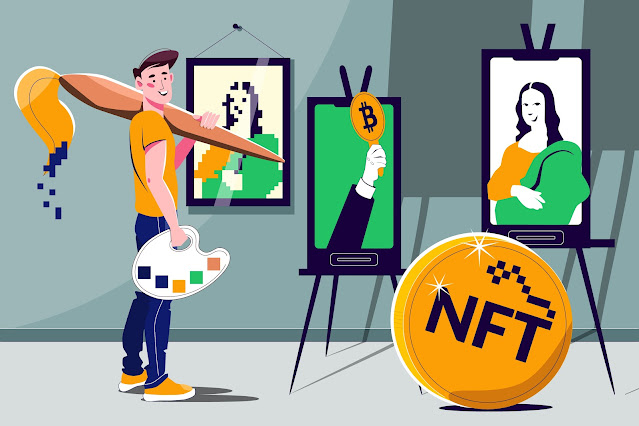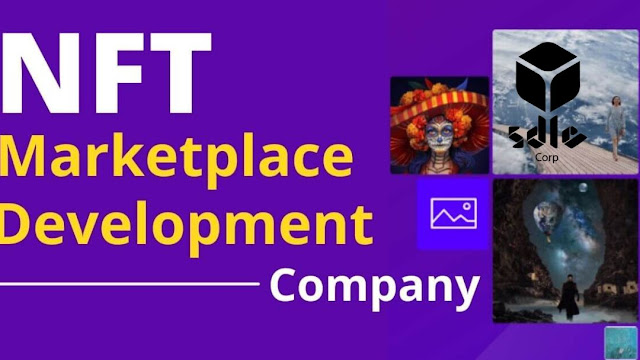How To Create Your Own NFT Marketplace?
Do you know how to set up an NFT marketplace and how to do so?
Entrepreneurs and artists alike may be interested in learning how to launch their own NFT Marketplace, similar to OpenSea, Axie Marketplace, Rarible, and Foundation.
In 5 Easy Steps, Create an NFT Marketplace
Think about what will make your NFT marketplace development company unique before creating it.
Finding a niche can help you attract a ready-to-buy audience. It's essential to have a goal. Once you're sure of your product, start working.
1. Pick a Blockchain Architecture
For a good reason, this initial step is the hardest. Choosing blockchain technology for your NFT marketplace affects many other aspects of your business.
Ethereum, Solana, Polygon, or Cardano are popular blockchain technologies.
Integration to these existing blockchains is complex; thus, you'll likely need to hire expert developers, which can cost $50K+.
After integration, NFT sales will cost money. In NFT, this is a "Gas Fee."
Alternatively, you can create your blockchain architecture, although trust may take more work.
Hansen says a DIY architecture doesn't protect blockchain records from third parties.
“Many vendors of these alternative blockchain architectures, commonly called side chains as they often allow an optional interface with a mainstream blockchain like Ethereum, are available.”
Opensea and Rarible are examples of such marketplaces.
Hansen argues they all require consumers to trust the integrity of closed infrastructures run by a single business. Next:
2. Decide Open versus Closed Market
Creators must choose between an open or closed NFT marketplace. Using a proprietary token, a secure NFT marketplace will operate.
In an open marketplace, several tokens will be supported. For example, OpenSea, the central NFT marketplace, supports over 150 payment tokens.
In an open market, anyone can register and offer things at any price.
This makes price "supply and demand." As a result, purchasers don't need to worry about NFT compatibility with a blockchain when buying or selling digital assets in open markets.
3. Establish your design
Once you know your blockchain tech and market type, you can develop the front end. This includes marketplace UI/UX.
User experience: what do you want? Your marketplace homepage's design: Which NFTs will you highlight?
Just make sure it's user-friendly and accessible.
4. Pick a commission rate
"What will I charge?" is the question after your marketplace is up and running.
Consider your charge structure and monetization model. Stay competitive and don't overcharge—users may quickly locate other suppliers. Offer value, quality NFTs, and reliable security.
5. Start or Join a Group
You'll want to focus on engaging with buyers and developing a community as a first-time marketplace in a competitive area.
Incentivize repeat purchases by giving new buyers membership to an exclusive club after your artwork and marketplace are ready.
You can also use Slack or Discord, a messaging app for gamers and crypto enthusiasts.
Source URL: https://justpaste.it/CreateOwnNFTMarketplace




Comments
Post a Comment